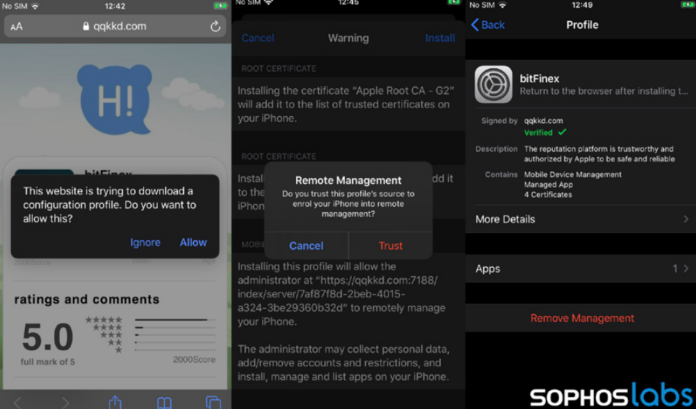Ransomeware is strongly pulling in — like a black hole — other cyberthreats to form one massive, interconnected ransomware delivery system that poses with significant implications for IT security, according to SophosLabs.
The Sophos 2022 Threat Report suggests that over the coming year, the ransomware landscape will become both more modular and more uniform, with attack “specialists” offering different elements of an attack “as-a-service” and providing playbooks with tools and techniques that enable different adversary groups to implement very similar attacks.
According to Sophos researchers, attacks by single ransomware groups gave way to more ransomware-as-a-service (RaaS) offerings this year, with specialist ransomware developers focused on hiring out malicious code and infrastructure to third-party affiliates.
Some of the most high profile ransomware attacks of the year involved RaaS, including an attack against Colonial Pipeline in the United States by a DarkSide affiliate. An affiliate of Conti ransomware leaked the implementation guide provided by the operators, revealing the step-by-step tools and techniques that attackers could use to deploy the ransomware.
Once they have the malware they need, RaaS affiliates and other ransomware operators can turn to Initial Access Brokers and malware delivery platforms to find and target potential victims.
This is fueling the second big trend anticipated by Sophos, which is that established cyberthreats will continue to adapt to distribute and deliver ransomware. These include loaders, droppers and other commodity malware; increasingly advanced, human-operated Initial Access Brokers; spam; and adware.
Also, the use of multiple forms of extortion by ransomware attackers to pressure victims into paying the ransom is expected to continue and increase in range and intensity.
Further, cryptocurrency will continue to fuel cybercrimes such as ransomware and malicious cryptomining, and Sophos expects the trend will continue until global cryptocurrencies are better regulated.
Chester Wisniewski, principal research scientist at Sophos, said RaaS developers are investing their time and energy in creating sophisticated code and determining how best to extract the largest payments from victims, insurance companies, and negotiators.
“They’re now offloading to others the tasks of finding victims, installing and executing the malware, and laundering the pilfered cryptocurrencies,” said Wisniewski. “This is distorting the cyberthreat landscape, and common threats, such as loaders, droppers, and Initial Access Brokers that were around and causing disruption well before the ascendancy of ransomware, are being sucked into the seemingly all-consuming ‘black hole’ that is ransomware.”
Wisniewski added that certain combinations of detections or even warnings are the modern equivalent of a burglar breaking a flower vase while climbing in through the back window. Defenders must investigate alerts, even ones which in the past may have been insignificant, as these common intrusions have blossomed into the foothold necessary to take control of entire networks.
















